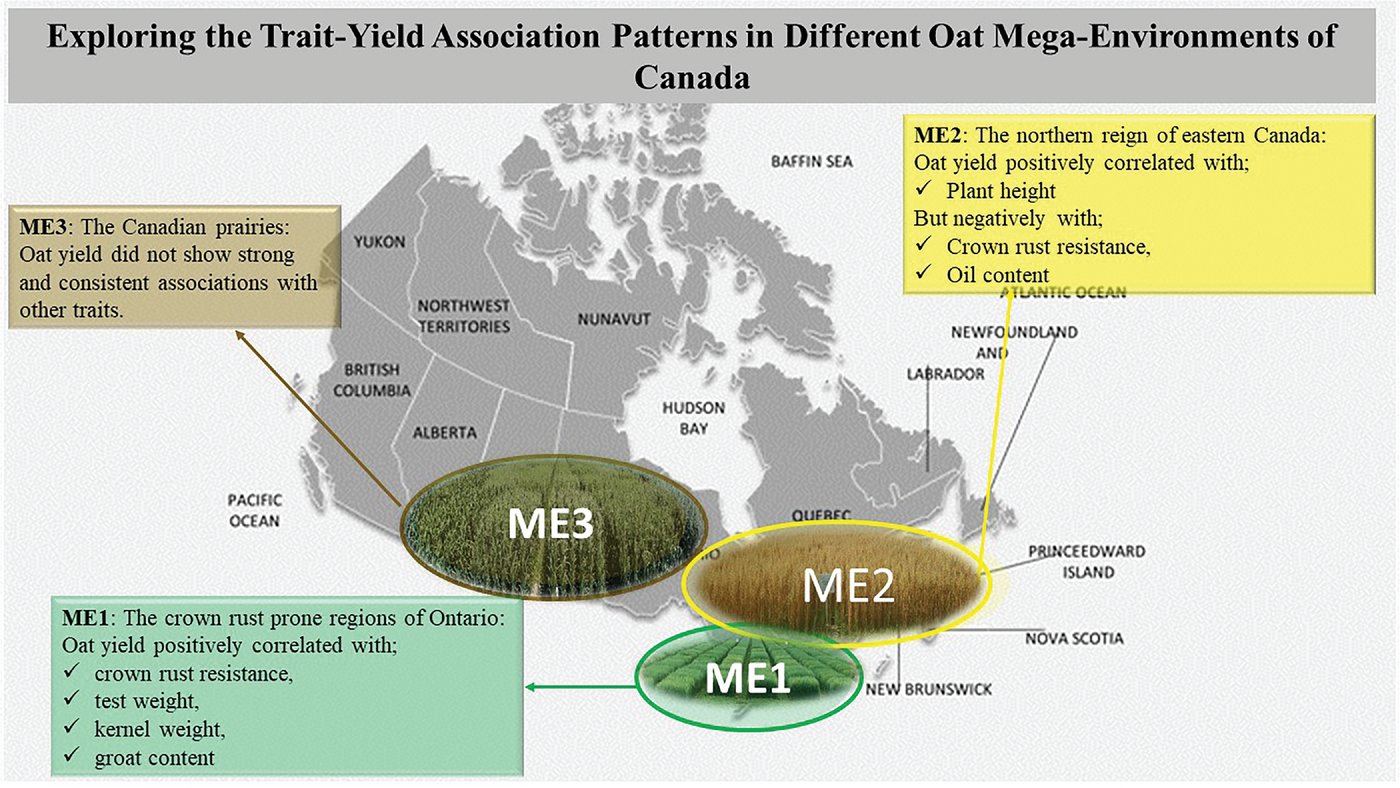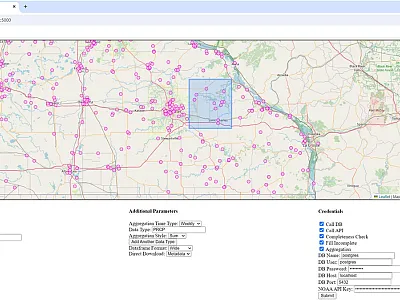New Biplot Reveals Trait– Yield Association Patterns for Canadian Oat

The purpose of crop breeding is to develop higher‐yielding cultivars with superior levels of agronomic traits. Challenges to this goal include the ever‐present genotype‐by‐environment interactions and the complex associations between yield and traits. Crop variety trial data covering multiple locations and years can help researchers understand and deal with both challenges.
Canadian scientists developed a biplot graphical procedure to display yield‐by‐trait associations in different location‐years. The procedure allows users to divide test locations into mega‐environments, within which users can identify uncorrelated, unstable, stable and favorable, or stable and unfavorable yield‐by‐trait associations. Different types of associations have different utilities in early‐generation selection and comprehensive genotype evaluation.
The researchers applied this procedure to Canadian oat trial data from 2017–2022. They divided the test locations into three mega‐environments: the crown‐rust prone regions of Ontario (ME1), other regions of eastern Canada (ME2), and the Canadian Prairies (ME3). ME1 was characterized by strong and negative correlations between yield and crown‐rust scores, ME2 was characterized by positive correlations between yield and plant height and days to maturity, and no strong and stable yield–trait correlations were found for ME3. These results can be used to guide selection, and this procedure can be applied to other crops and regions.
Adapted from
Yan, W., Hadinezhad, M., Dehaan, B., Hayes, M., Orozovic, S., Nilsen, K. T., … & Chen, Y. (2023). Exploring the trait‐yield association patterns in different oat mega‐environments of Canada. Crop Science. https://doi.org/10.1002/csc2.21106
Text © . The authors. CC BY-NC-ND 4.0. Except where otherwise noted, images are subject to copyright. Any reuse without express permission from the copyright owner is prohibited.







